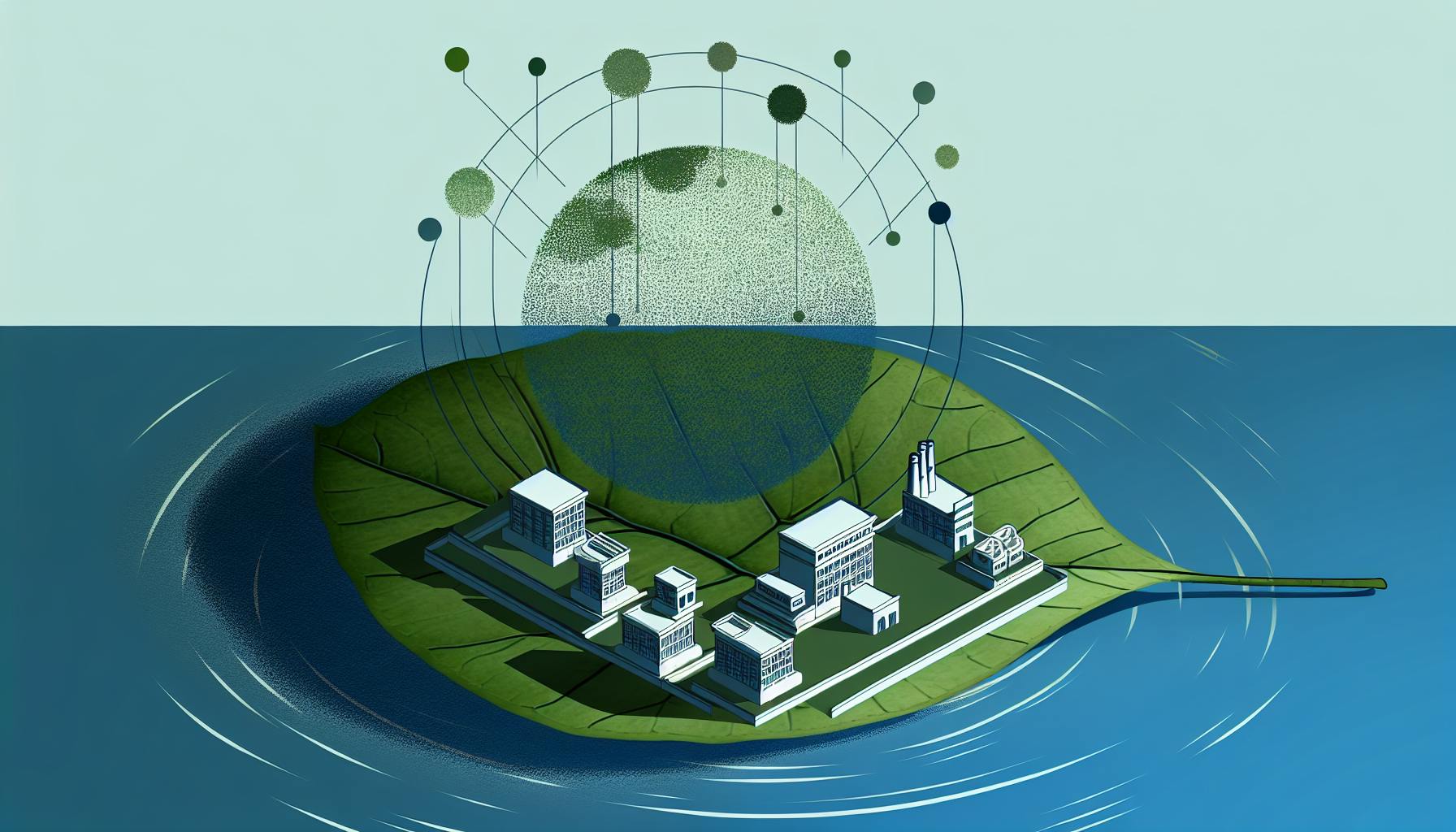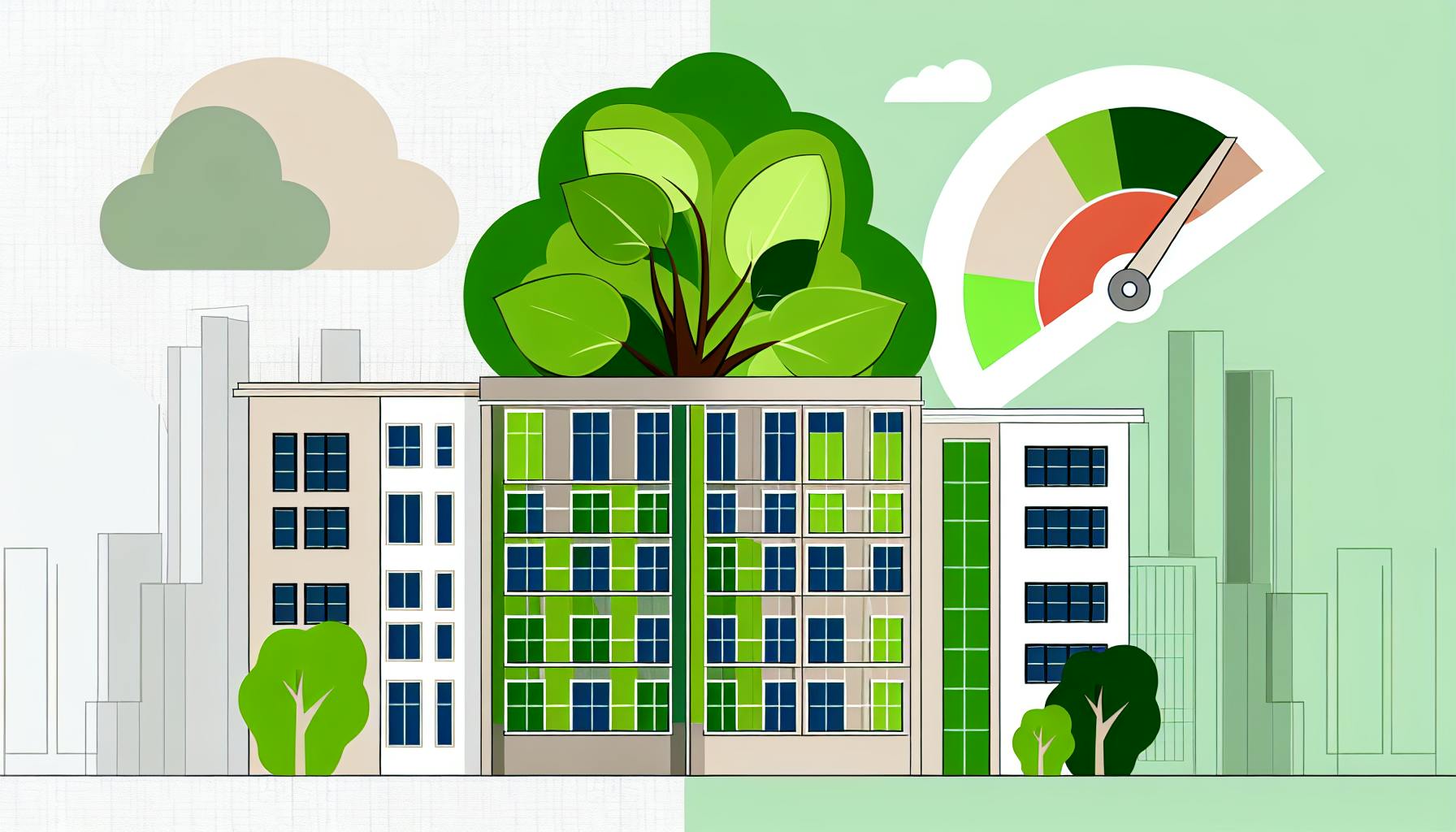Carbon markets are a crucial part of global efforts to reduce greenhouse gas emissions and mitigate climate change. However, there are two distinct types of carbon markets: compliance markets and voluntary markets. Here's a quick overview of their key differences:
Compliance Carbon Markets
-
Regulated by governments or international bodies
-
Companies must comply with emission reduction targets or face fines
-
Typically involve high-emitting industries like power plants, oil refineries, and factories
-
Use a cap-and-trade system to limit total emissions
Voluntary Carbon Markets
-
Companies, organisations, and individuals choose to offset emissions voluntarily
-
Driven by corporate social responsibility and sustainability goals
-
Offer flexibility in selecting projects like renewable energy, reforestation, and energy efficiency
-
Carbon credit prices are determined by market forces and project quality
| Feature | Compliance Markets | Voluntary Markets |
|---|---|---|
| Regulation | Government-regulated | Self-regulated |
| Participants | Companies required to reduce emissions | Companies and individuals choosing to offset emissions |
| Goals | Meet regulatory requirements, reduce emissions | Corporate social responsibility, brand reputation, environmental stewardship |
| Success Metrics | Emissions reduced, companies in compliance | Companies participating, emissions offset, project quality |
| Carbon Credit Pricing | Supply and demand, regulatory requirements, emissions reduction costs | Market forces, project quality, demand for credits |
For small and medium-sized enterprises (SMEs), understanding these differences is crucial for developing effective carbon reduction strategies, managing risks, and enhancing reputation. By exploring voluntary carbon markets, SMEs can offset emissions cost-effectively while supporting sustainable development projects.
What are Compliance Carbon Markets?
Compliance carbon markets are regulatory frameworks that require companies to reduce their greenhouse gas emissions to a certain level. These markets are established by governments or multi-government bodies to control the supply of credits and regulate their trading.
Regulatory Framework
Compliance carbon markets use a cap-and-trade system, where a limit (cap) is set on the total amount of certain greenhouse gases that can be emitted by companies covered by the scheme. The cap is reduced over time, and companies must surrender enough allowances to fully cover their emissions or incur heavy fines.
| Compliance Market Feature | Description |
|---|---|
| Cap-and-trade system | A limit is set on total emissions, and companies must surrender allowances to cover their emissions |
| Fines for non-compliance | Companies that fail to surrender enough allowances face heavy fines |
Affected Industries
Compliance carbon markets typically affect industries that are high emitters of greenhouse gases, such as:
-
Power generators
-
Oil refineries
-
Factories
-
Companies that produce metals like steel and iron
These industries must reduce their emissions to comply with the regulatory framework, which can be achieved through various means, including:
-
Investing in clean energy
-
Increasing energy efficiency
-
Purchasing carbon credits from other companies that have reduced their emissions
By understanding compliance carbon markets, companies can better navigate the regulatory landscape and make informed decisions about their carbon reduction strategies. In the next section, we will explore voluntary carbon markets and how they differ from compliance markets.
Understanding Voluntary Carbon Markets
Corporate Social Responsibility
Voluntary carbon markets allow companies to reduce their carbon footprint without being legally required to do so. This approach enables businesses to demonstrate their commitment to sustainability and contribute to a more environmentally friendly future. By participating in voluntary carbon markets, companies can improve their brand reputation, build stronger relationships with stakeholders, and attract customers who care about the environment.
Project Types and Flexibility
Voluntary carbon markets offer a range of project types, giving businesses the flexibility to choose projects that align with their values and goals. These projects can include:
| Project Type | Description |
|---|---|
| Renewable Energy | Wind farms, solar panels, and other projects that generate clean energy |
| Reforestation and Afforestation | Planting trees to absorb carbon dioxide from the atmosphere |
| Energy Efficiency | Projects that reduce energy consumption and emissions |
| Waste Reduction and Recycling | Initiatives that minimise waste and promote sustainable practices |
By supporting these projects, businesses can offset their emissions and contribute to sustainable development. The flexibility of voluntary carbon markets allows companies to select projects that resonate with their brand values and corporate social responsibility goals, enabling them to make a positive impact on the environment while enhancing their reputation.
Key Differences: Compliance vs. Voluntary
Regulation vs. Self-Regulation
Compliance carbon markets are created and regulated by governments or international bodies, setting a cap on the total amount of greenhouse gas emissions allowed within a specific sector or region. In contrast, voluntary carbon markets operate without government regulation, relying on self-regulation and market forces to drive emissions reductions.
Participants and Motivations
Compliance markets involve companies that are legally required to reduce their emissions, such as those in the energy, transportation, and industrial sectors. Participants in voluntary markets, on the other hand, are companies, organisations, and individuals who choose to offset their emissions voluntarily, often driven by corporate social responsibility goals, brand reputation, and environmental concerns.
Goals and Success Metrics
The primary goal of compliance markets is to meet regulatory requirements and reduce emissions within a specific sector or region. Success is measured by the total amount of emissions reduced and the number of companies in compliance. Voluntary markets, while also focused on emissions reductions, prioritise corporate social responsibility, brand reputation, and environmental stewardship. Success is often measured by the number of companies participating, the total amount of emissions offset, and the quality of projects supported.
Carbon Credit Pricing
Carbon credit prices in compliance markets are influenced by supply and demand, regulatory requirements, and the cost of emissions reductions. In voluntary markets, prices are driven by market forces, project quality, and the demand for credits. Prices in voluntary markets tend to be lower than in compliance markets, as they are not bound by regulatory requirements.
Comparison Table
| Feature | Compliance Markets | Voluntary Markets |
|---|---|---|
| Regulation | Government-regulated | Self-regulated |
| Participants | Companies required to reduce emissions | Companies and individuals choosing to offset emissions |
| Goals | Meet regulatory requirements, reduce emissions | Corporate social responsibility, brand reputation, environmental stewardship |
| Success Metrics | Emissions reduced, companies in compliance | Companies participating, emissions offset, project quality |
| Carbon Credit Pricing | Supply and demand, regulatory requirements, emissions reduction costs | Market forces, project quality, demand for credits |
By understanding these key differences, businesses and individuals can make informed decisions about which type of carbon market best aligns with their goals and values.
sbb-itb-919600f
Carbon Market Strategies for Small Businesses
As a small or medium-sized enterprise (SME), navigating the carbon market can be challenging. However, with the right strategies, SMEs can reduce their carbon footprint, enhance their reputation, and manage risks.
Develop a Company Climate Strategy
To develop a carbon market strategy, start by creating a company climate strategy. This involves setting clear goals and objectives for reducing your carbon footprint. Consider conducting a carbon footprint analysis to identify areas for improvement and set realistic targets for reduction.
Explore Voluntary Carbon Markets
Voluntary carbon markets offer SMEs a flexible and cost-effective way to offset their emissions. By purchasing carbon credits from verified projects, SMEs can compensate for their emissions and support sustainable development projects around the world.
| Benefits of Voluntary Carbon Markets | Description |
|---|---|
| Flexibility | Choose from a range of projects that align with your values and goals |
| Cost-effectiveness | Offset emissions at a lower cost compared to compliance markets |
| Sustainability | Support projects that promote sustainable development and reduce emissions |
Manage Risk and Enhance Reputation
Participating in the carbon market can help SMEs manage risks associated with climate change. By reducing their carbon footprint, SMEs can reduce their exposure to regulatory risks and enhance their reputation among customers, investors, and stakeholders.
Seek Guidance and Support
Finally, don't hesitate to seek guidance and support from experts and industry associations. Organizations such as the Natural Climate Solution Alliance (NCSA) and the Tropical Forest Credit Integrity (TFCI) offer valuable resources and guidance for SMEs navigating the carbon market.
By developing a company climate strategy, exploring voluntary carbon markets, managing risk and enhancing reputation, and seeking guidance and support, SMEs can successfully navigate the carbon market and achieve their sustainability goals.
Conclusion
In conclusion, both compliance and voluntary carbon markets play important roles in reducing greenhouse gas emissions and achieving a low-carbon economy. While they have different strengths and weaknesses, they complement each other in achieving emission reduction goals.
Key Takeaways
Compliance markets are regulated by governments and provide a mandatory framework for companies to reduce their emissions. Voluntary markets, on the other hand, offer a flexible and cost-effective way for companies to offset their emissions and support sustainable development projects.
Strategies for Small Businesses
For small and medium-sized enterprises (SMEs), navigating the carbon market can be challenging. However, by developing a company climate strategy, exploring voluntary carbon markets, managing risk and enhancing reputation, and seeking guidance and support, SMEs can successfully navigate the carbon market and achieve their sustainability goals.
The Importance of Both Markets
Ultimately, both compliance and voluntary carbon markets are essential in creating a sustainable, low-carbon future. By understanding the key differences and implications of these markets, SMEs can make informed decisions and take proactive steps towards reducing their carbon footprint and contributing to a cleaner, greener environment.
FAQs
What is the difference between a mandatory carbon market and a voluntary carbon market?
| Market Type | Description |
|---|---|
| Mandatory | Governments set targets for carbon reduction, and companies must comply |
| Voluntary | Companies, organisations, and individuals choose to reduce their carbon footprint |
Can voluntary carbon credits be used for compliance?
No, voluntary carbon credits are not intended for compliance purposes. They are used by companies, non-profit organizations, and individuals to offset their emissions voluntarily.



.png)


